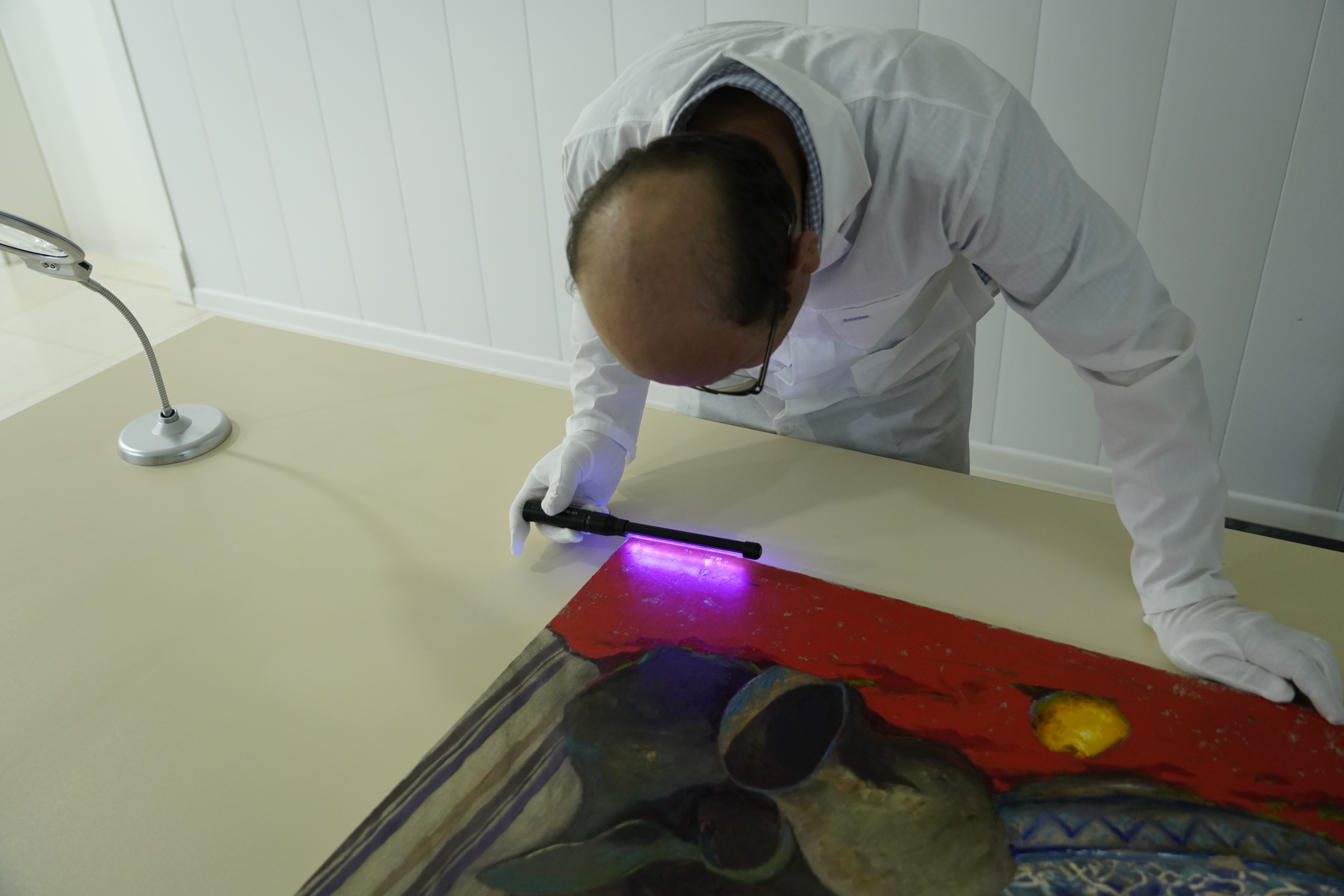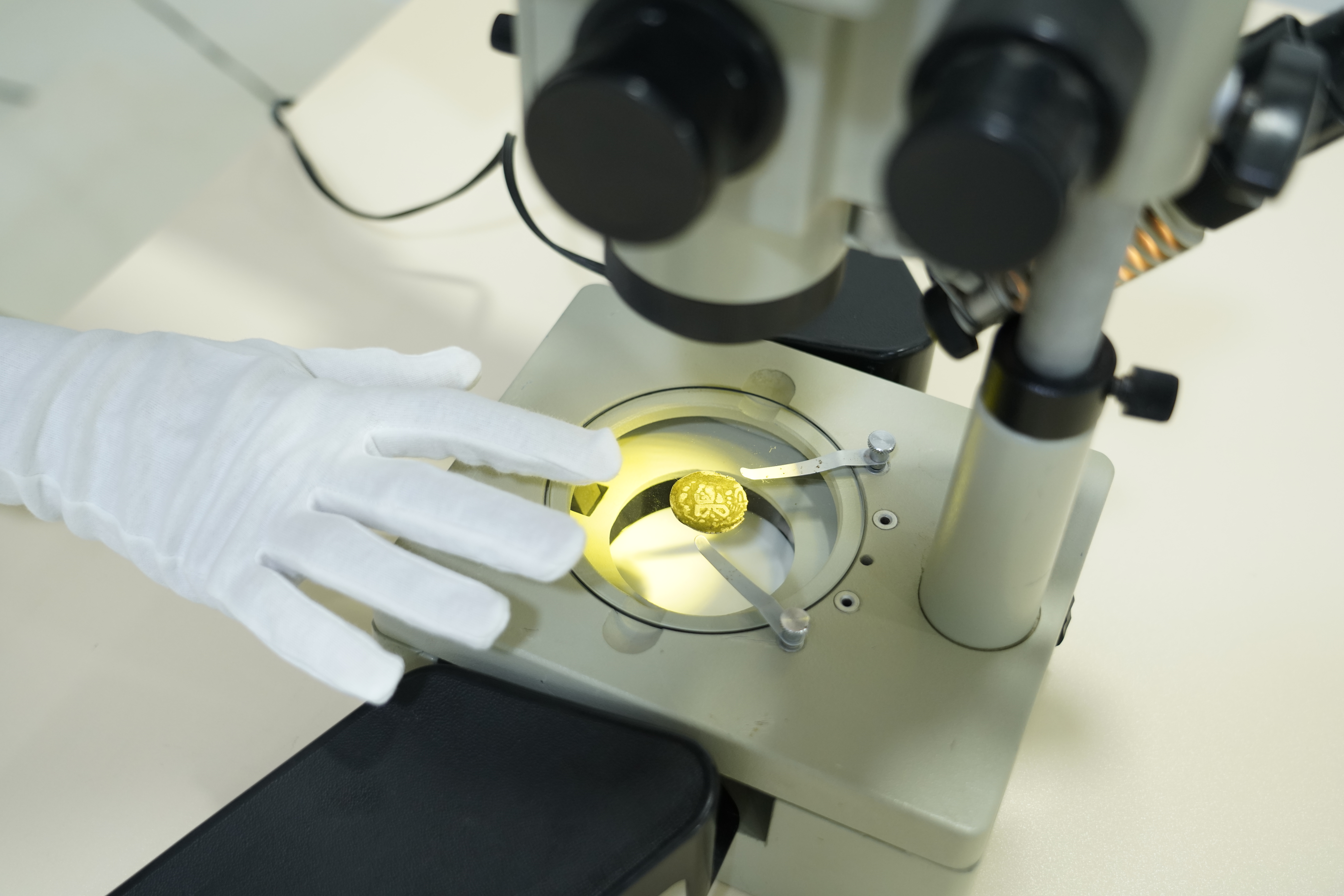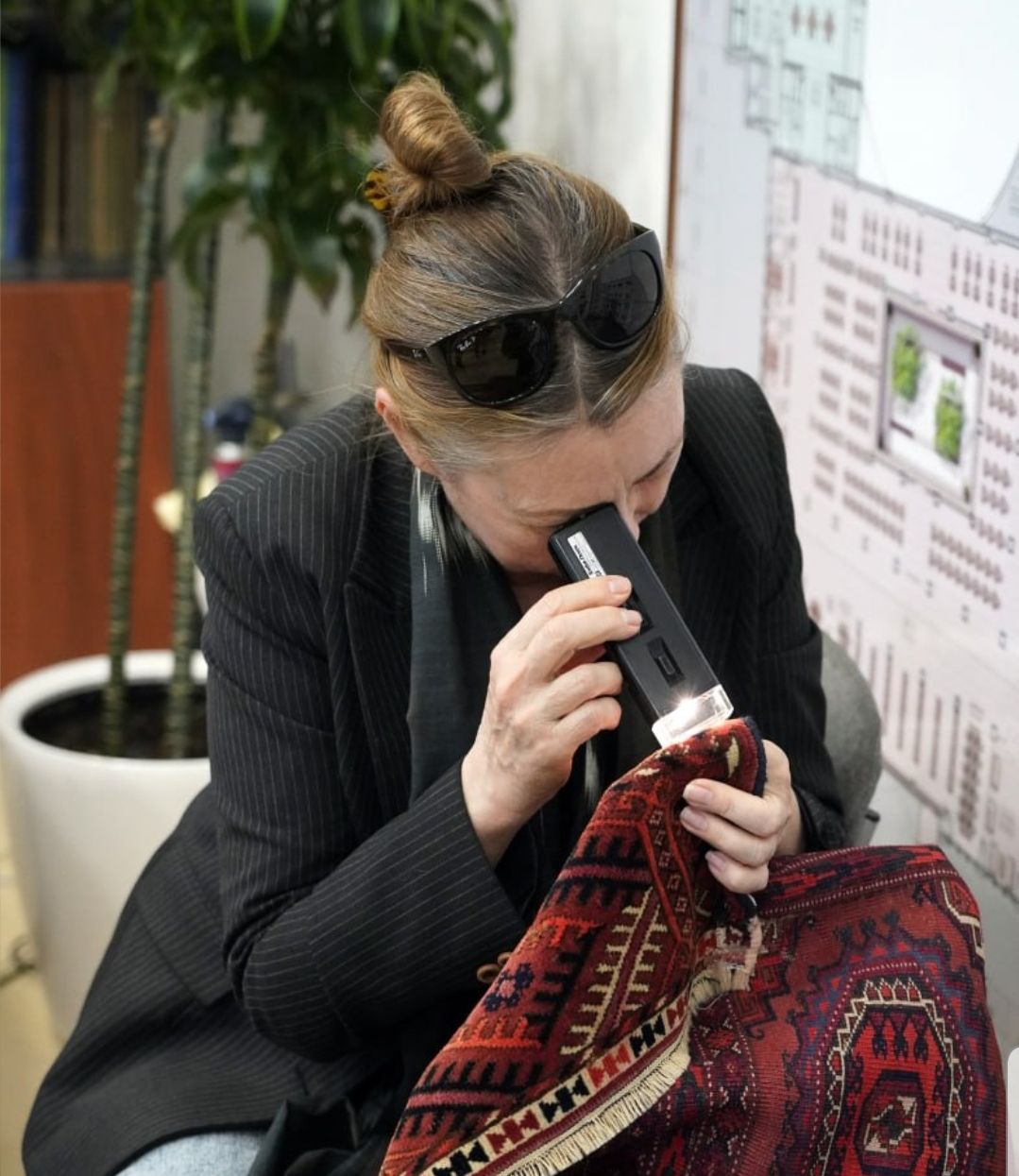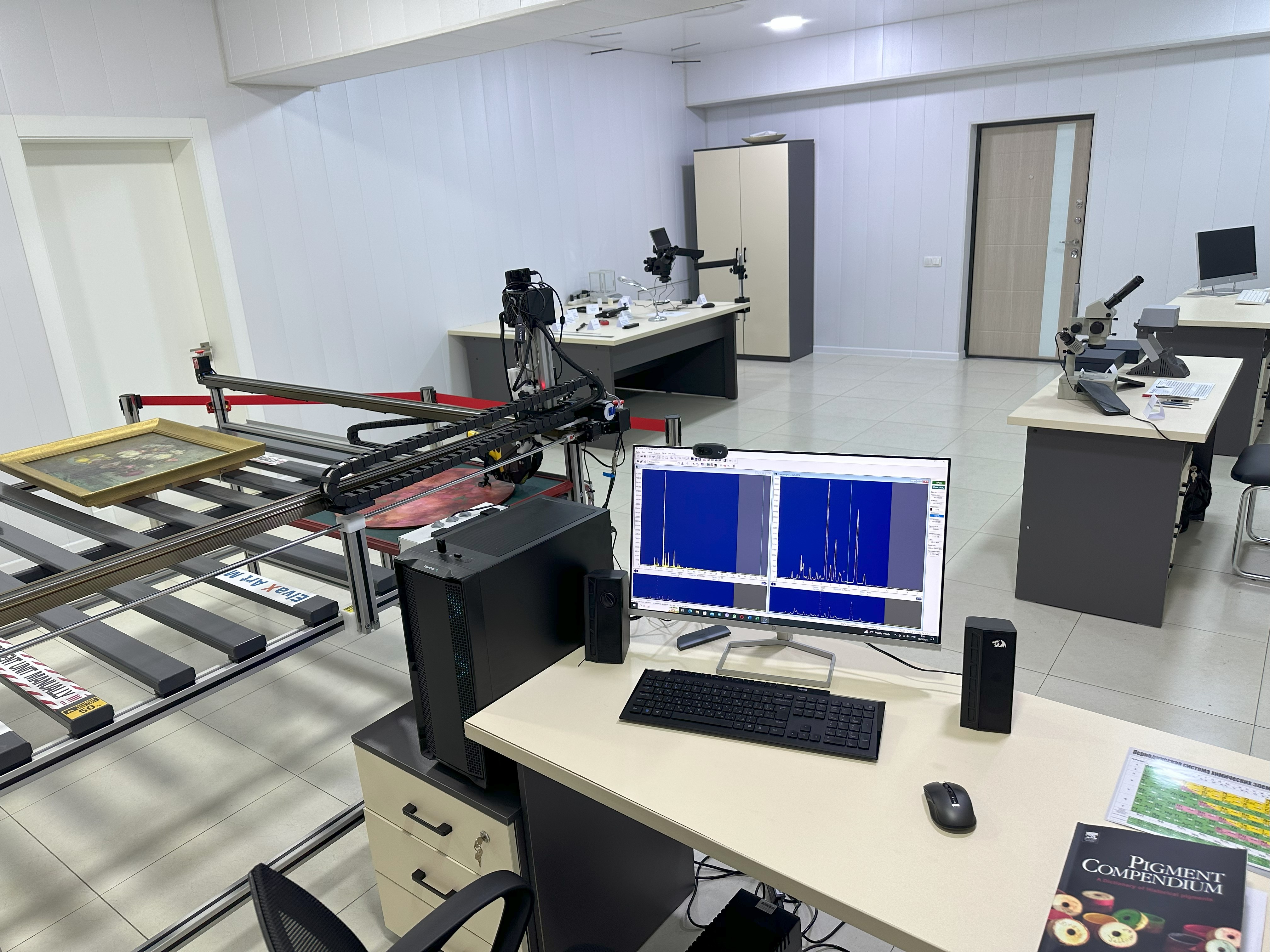Technological expertise of cultural values and antiques
Studying the product, the expert describes it in detail, fixes all the features: design, constructive and technological. Determines whether the product meets the Technical Conditions for its type, whether it has been repaired, whether its shape has changed, whether it has been subjected to any other influences. This examination is very important, because all its data will affect the properties of the product, its cost.
Technological expertise in practice is based on the following fundamental methodological principles:
- possession of an exhaustive volume of comprehensive knowledge in the field of the history of technology (materials and techniques) of easel wax, tempera, glue and oil painting in its technological, regional and temporary variants, obtained on the basis of studying historical sources, published data and data accumulated as a result of his own long-term research of paintings;
- high professional knowledge of a complex of analytical methods in the field of research of paintings of various art schools and eras, based on decades of accumulated work experience;
- the ability, by comparing historical data and data obtained during laboratory research, to make a correct conclusion about the time, place of creation and authenticity of the exported work;
- the use, if necessary, during the technological expertise of the entire arsenal of research methods, with the basic role of microchemical and physico-chemical instrumental methods for analyzing soil and paint layer, materials of which (fillers, pigments, binders) have clear dating characteristics.
Specialists conducting technological expertise do not make attribution conclusions, i.e. they do not determine, confirm or deny the ownership of a particular master of a painting that is considered to be his work or attributed to him. The conclusion of expert technologists indicates that the objective technological data obtained inherent in the work either does not contradict the modern idea of the technological specifics of the work of this master, the time or place of its creation, or, on the contrary, contradicts them.
The tasks set are solved using a complex of non-destructive research methods in the visible, ultraviolet, infrared and X-ray regions of the electromagnetic spectrum, as well as laboratory methods on micro samples taken from the product using a complex of methods of microchemical analysis, physical and physico-chemical instrumental research methods.
None of the separately taken analytical methods used in the course of technological research of a work of art can give an answer to the whole set of questions posed. This is possible only as a result of the involvement of the entire complex of non-destructive and laboratory analysis methods used in practice, which includes:
- investigation of soil and paint layer materials;
- investigation of binder materials;
- the study of the materials of the foundation.
In order for the information reflected in the conclusions to be as correct as possible: the opinions of all technologists' experts are necessarily reflected in the technological conclusion.




